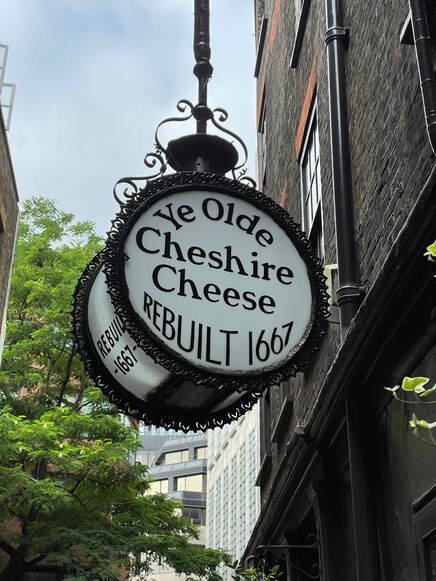BOROUGH’S BEST BITES: SANDWICHES
With such a vast array of choices, deciding where to eat can be a daunting challenge: if you’re in the mood for a mouthwatering sandwich, look no further - here are three of the most delicious sandwich spots that Borough Market has to offer.
BATTERSEA POWER STATION: WHERE HISTORY MEETS INNOVATION
After almost 40 years of inactivity and multiple failed redevelopment initiatives, the Battersea Power Station is back and better than ever!
PLACES WHERE YOU CAN EAT AND DRINK LIKE WINSTON CHURCHILL
Churchill’s impressive presence was seen around many top London bars and restaurants, so we thought it would be fun to give you a few ideas of places in London where you could eat and drink like the former Prime Minister.
WHILE YOU’RE THERE, VISIT GREENWICH
The Food Lover’s Market tour ends at Maltby Street Market, however while you’re there, we highly suggest that you go check out Greenwich. Greenwich is a borough of London known for its role in both maritime history as well as astronomy.
HISTORIC SPY BARS IN LONDON
Ever wanted to explore the historic spy bars in London? We have you covered, from some of London’s best spy related views to double agent hangouts.
THE MOST HAUNTED PLACES IN LONDON
Join us for a walk around the most haunted spots in London.
A HISTORY LOVER’S GUIDE TO LONDON
Take a tour around London, visit the most iconic historical spots in the city.
THE PLATINUM JUBILEE: ELIZABETH THE GREAT
A deep dive into the life of Queen Elizabeth this Jubilee.
BEST MARKETS IN LONDON
Take a walk around the very best markets in London, from flowers to food and everything in between, we have you covered.
A SEASON OF SECRETS AND SCANDALS IN 1963
A look into the lives, and disgrace of three very public British figures. A Duchess diminished, a politician disgraced and a member of the British Embassy, turned spy in a lurid tale of sex and espionage.
BEST PUBS IN LONDON
Our selection of the very best pubs you’ll find in London, whether quirky, cosy or downright fun, we have you covered.










